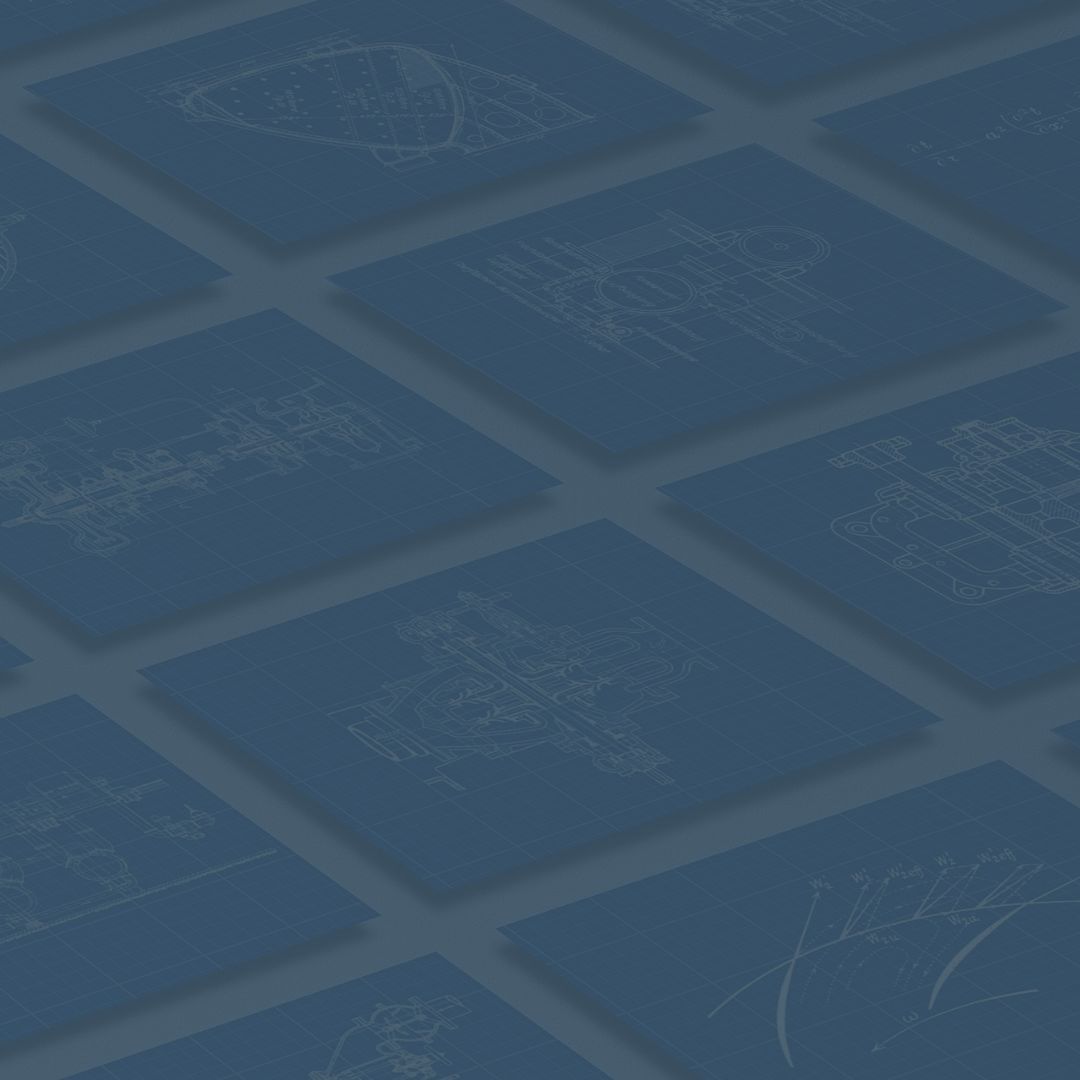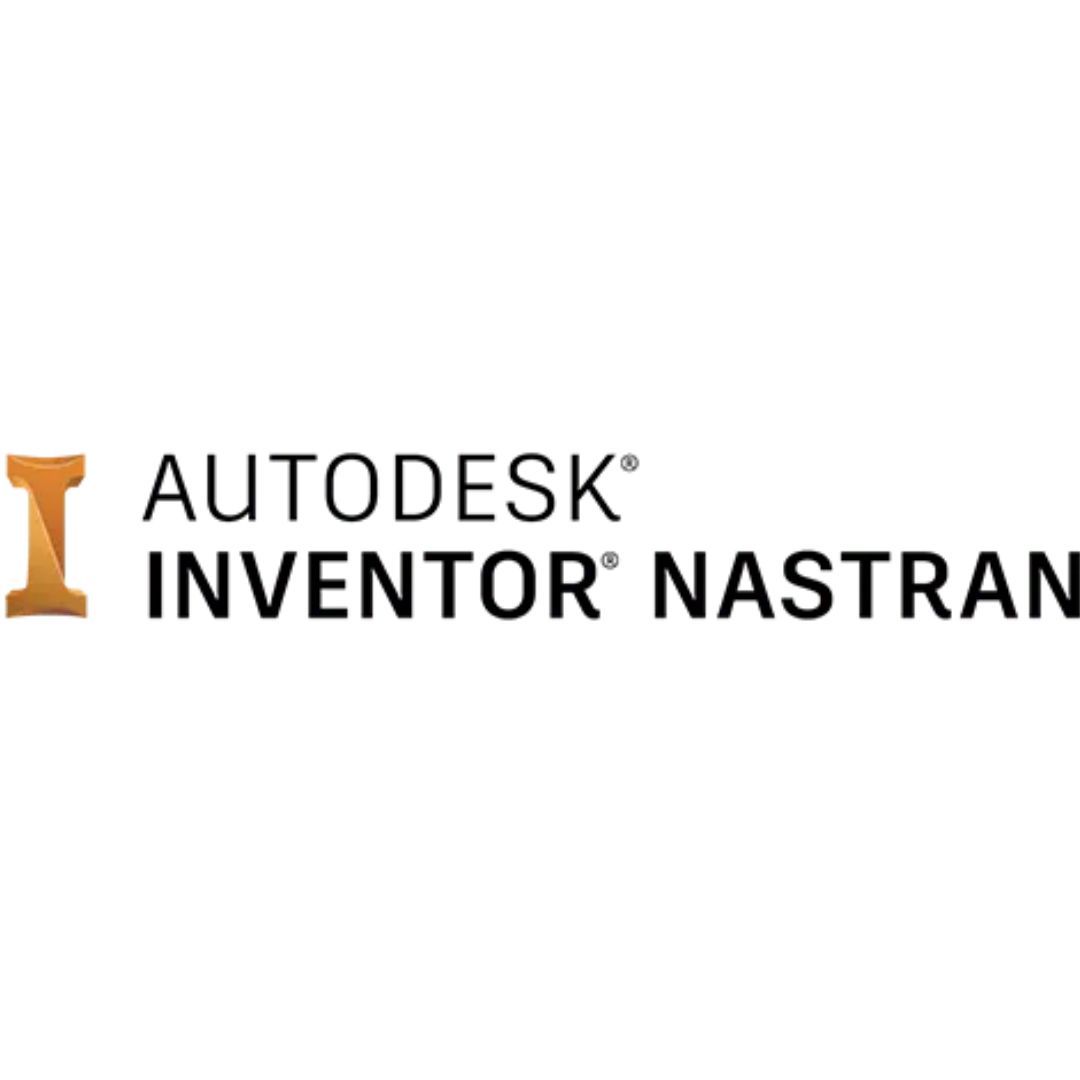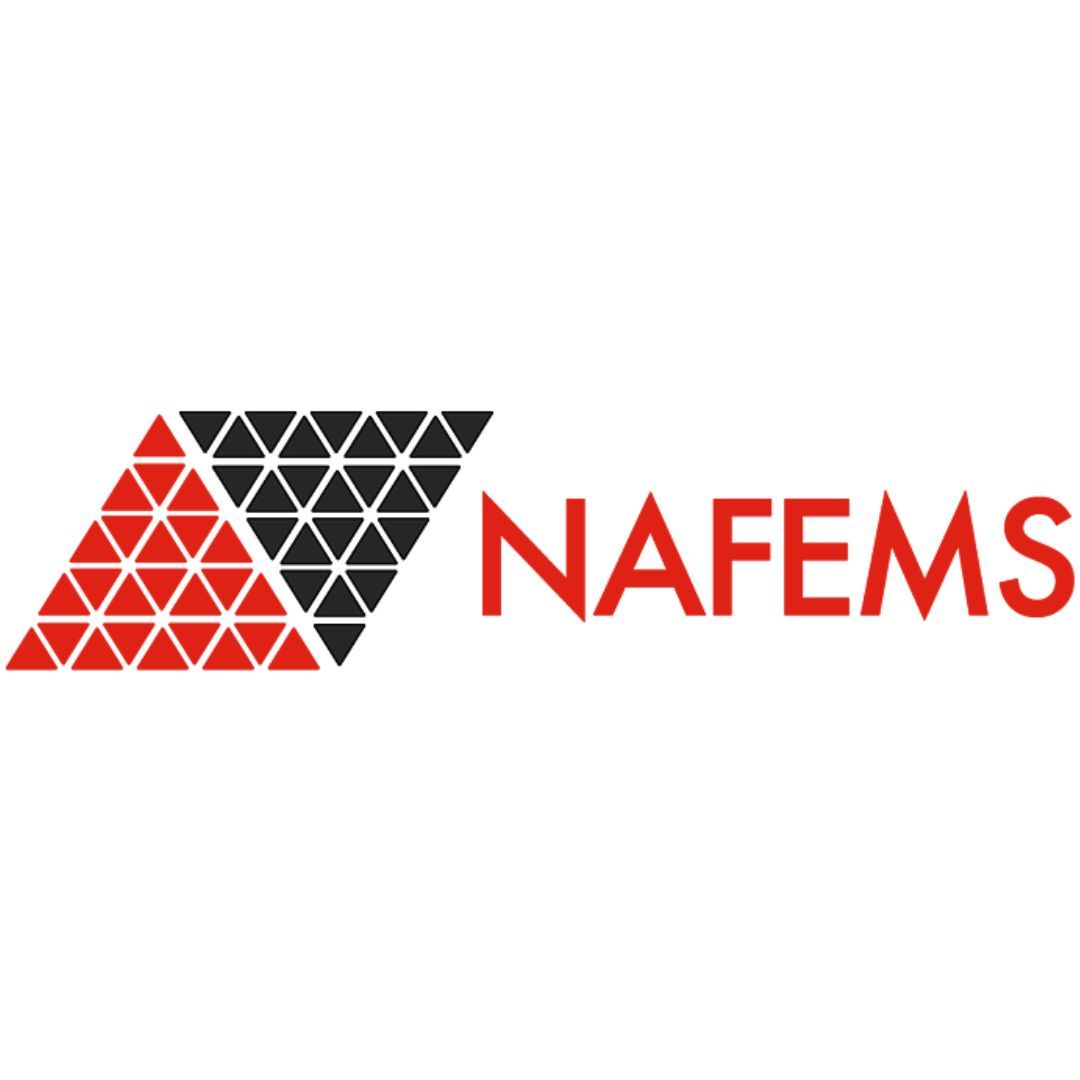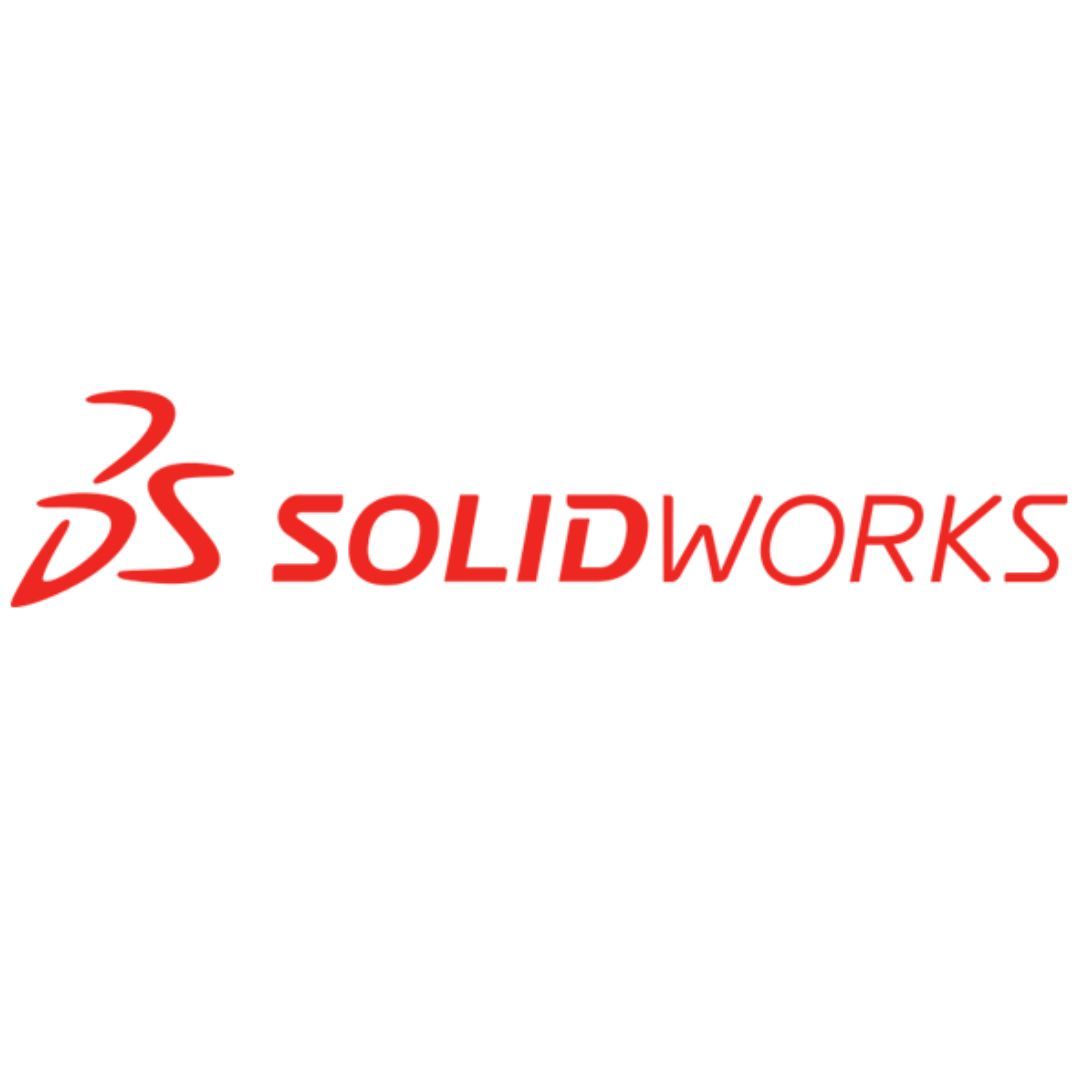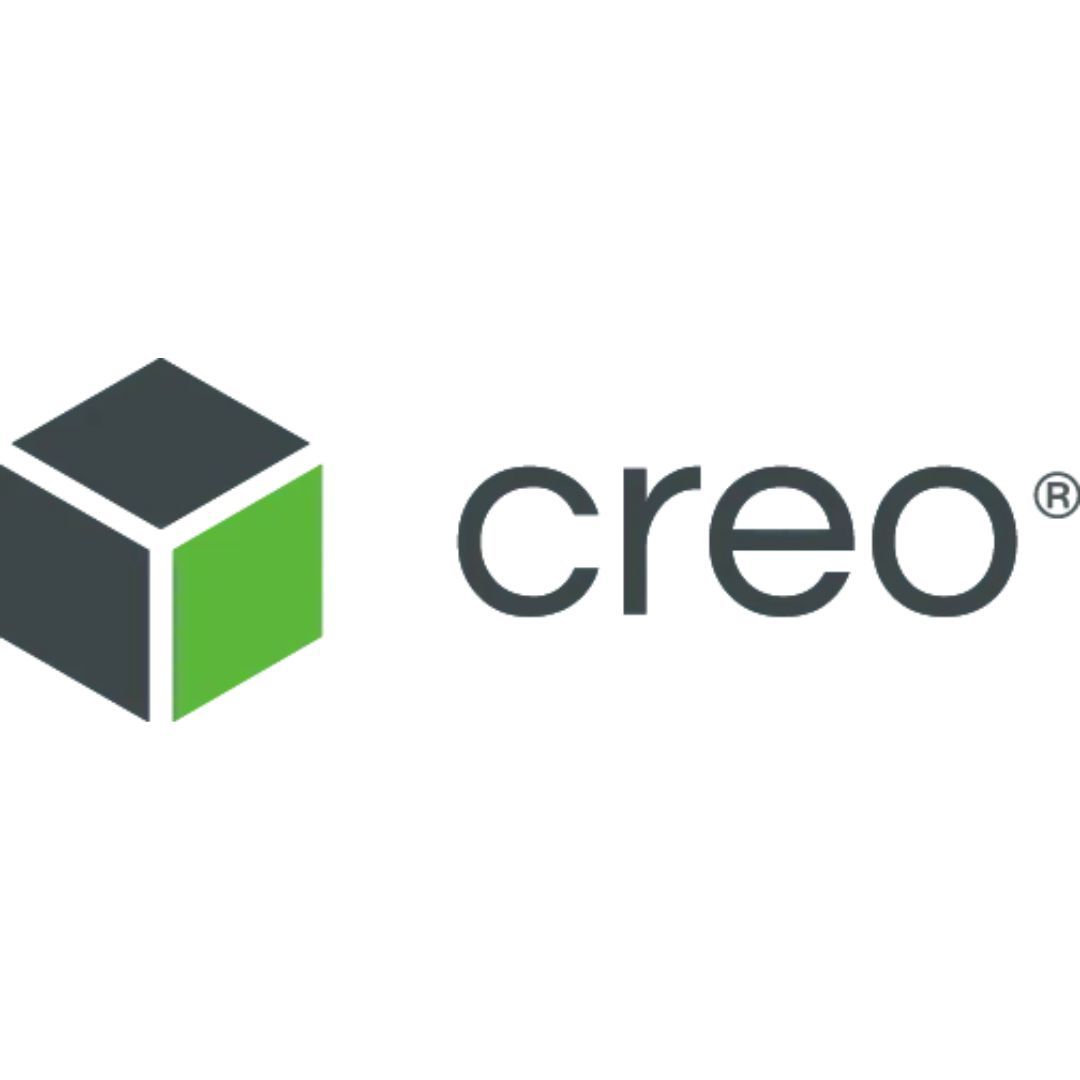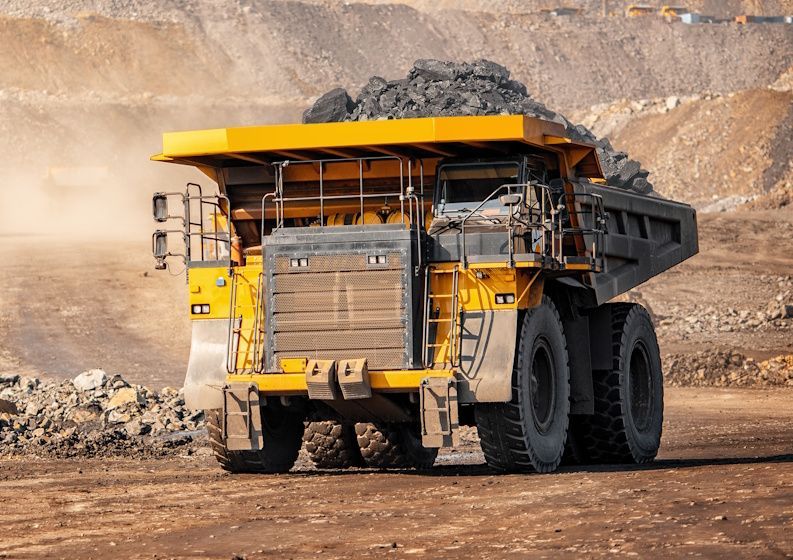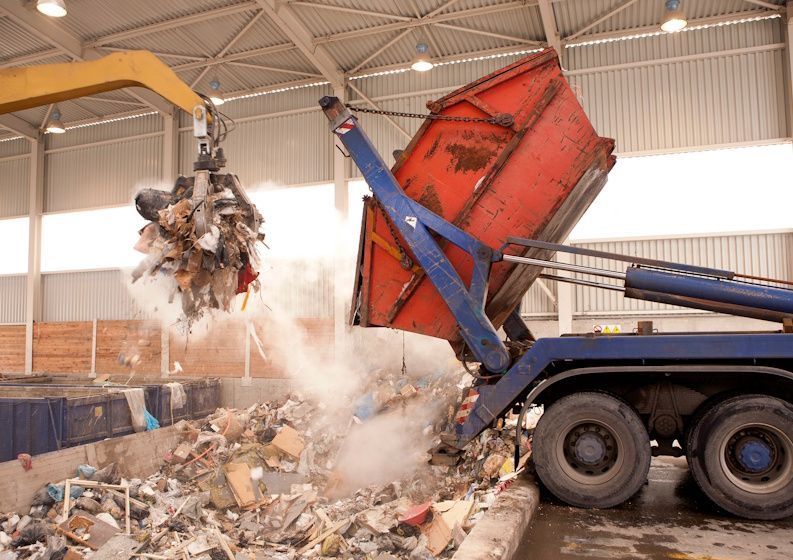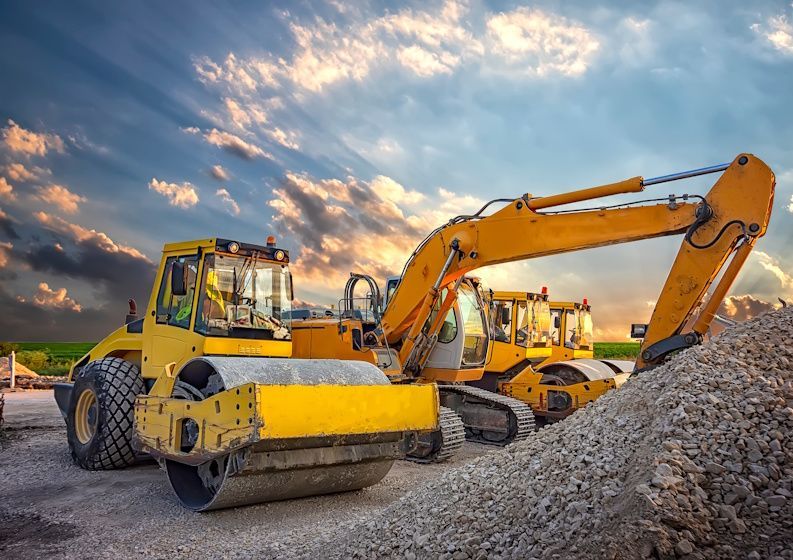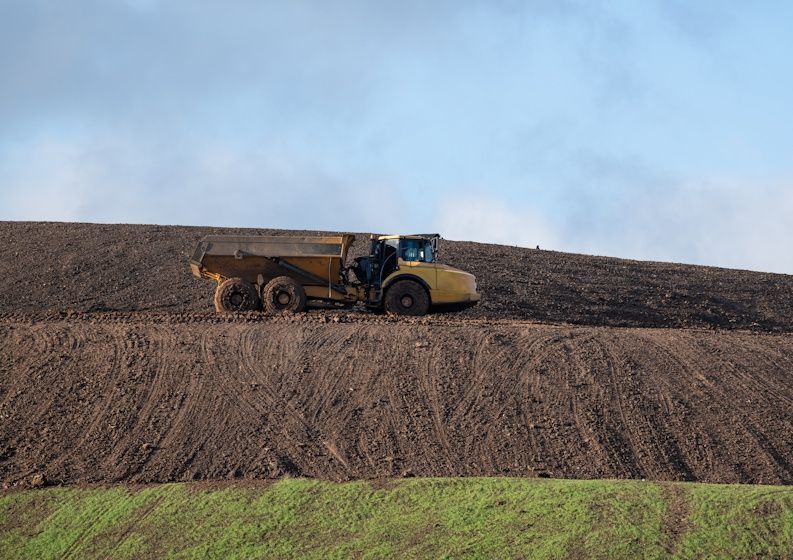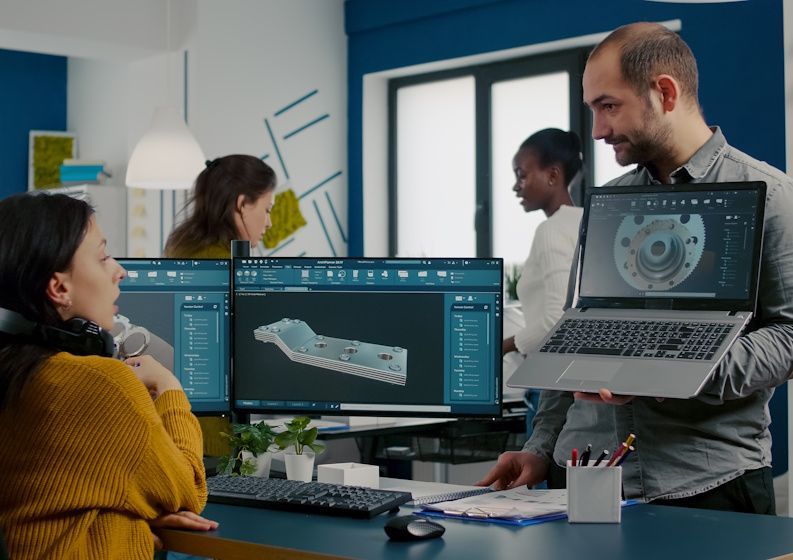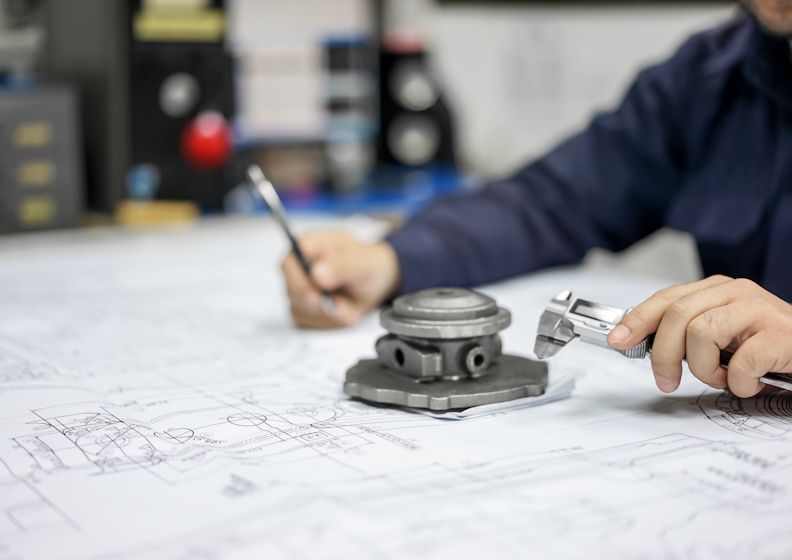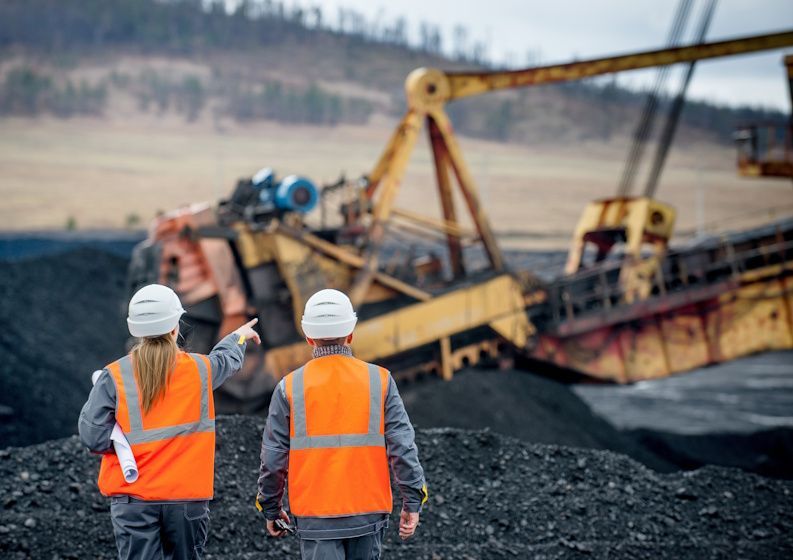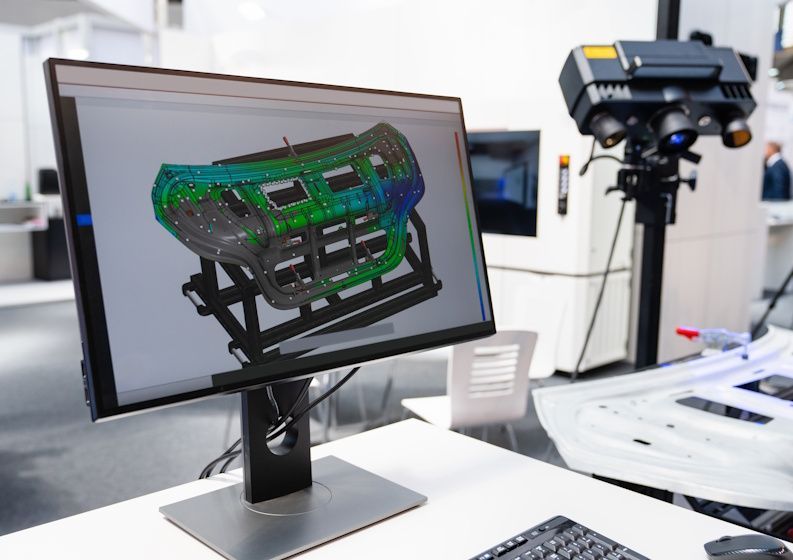4 Reasons to Utilize Finite Element Analysis and How to Choose the Right Engineers
Whether your company is working on a new product development project, trying to solve a manufacturing issue or improving the design of a part, Finite Element Analysis is a good investment.
In Finite Element Analysis, engineers utilize a digital model, applying loads such as force, heat, vibration and pressure. Finite Element Analysis utilizes a mathematical way to model loads on a part and graph the resulting stresses using complex partial equations called partial differential equations. With Finite Element Analysis, these large equations are broken down into smaller algebraic equations.
What does Finite Element Analysis mean for your company? Here are a few ways to look at it:
Fewer Prototypes: Every time you produce another prototype, your costs increase. With Finite Element Analysis, you can reduce the number of physical prototypes, identifying challenges early in the process.
Avoid Surprises: Nobody likes running into a surprise cost or delay on a project. Finite Element Analysis gives you the ability to anticipate where you might face problems with a design and address it in the concepting, design and pretesting phase.
Speed: When you are working with physical prototypes, you are always at the mercy of machine shops and manufacturing schedules. When you use Finite Element Analysis you can test a new design within hours.
Optimization: Finite Element Analysis allows you to pinpoint design failures, giving you the opportunity to test different variations and determine what combination of factors best suits your needs. This also saves you time and resources, because you won’t need to modify a feature that isn’t causing a problem. For instance, you wouldn’t reinforce a component part that isn’t contributing to a failure.
Now that you are convinced that Finite Element Analysis could be a benefit to your project, how do you decide which engineers to hire? There are some factors you should consider:
Is Finite Element Analysis a Specialty?
Engineers know the principles and applications of Finite Element Analysis but not the software. If you are planning to hire an engineer for this analysis, make sure it’s a firm that has a specialized focus on Finite Element Analysis.
What’s Included in the Analysis?
You should look for engineers that not only provide you with the analysis of stresses and effects on your design, but offer a comprehensive report, including their recommendations for design optimization.
Timeline and Budget:
An engineering firm makes a good project partner when they are just as committed to your timeline and budget as you are while matching your quality specifications.
Availability:
You don’t need another costly delay. The right engineer will be transparent about the timeline for your project and when you can expect results.
When you’re ready to add Finite Element Analysis to your project, contact us at Finite Engineering. We can help significantly reduce your timeline and project costs with design optimization through Finite Element Analysis.

